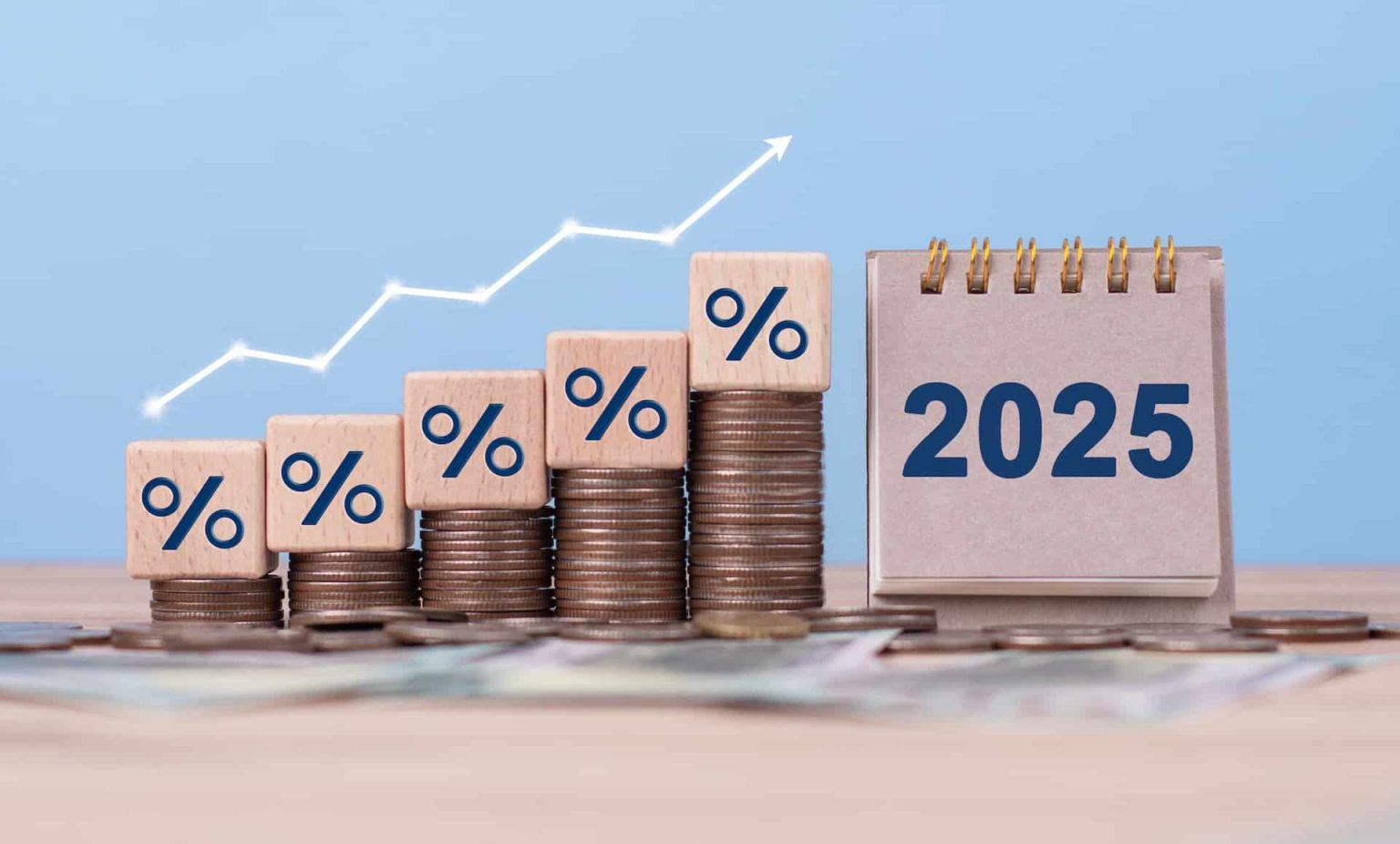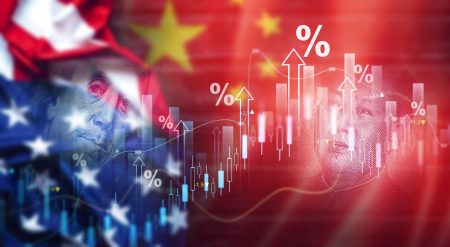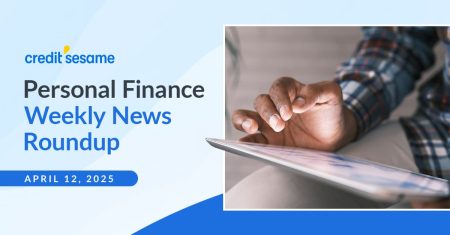Credit Sesame’s 2025 inflation forecast discusses the economic forces at work that could result in a resurgence of inflation.
As the end of 2024 approaches, people may reflect on what went right or wrong over the past year. One thing that mostly went well was the Federal Reserve’s mission to control inflation.
However, any optimism about lower inflation must be tempered by the reality that the fight against inflation may not be as successful next year. Consumers would be wise to prepare for 2025 by reducing their exposure to inflation.
The inflation-fighting success story
Here’s how far the US has come in subduing inflation:
- Year-over-year inflation hit a 40-year high of 9% in mid-2022.
- With inflation rising, the Fed started raising interest rates in March 2022.
- The Fed ultimately raised interest rates by a total of 5.25% to cool off demand.
- By mid-2023, inflation had fallen below its 50-year average rate.
- Year-over-year inflation hit a low point of 2.4% in September of 2024
So far, so good. However, economic forces suggest 2025 might see inflation make a comeback.
Threats on the horizon
Several factors point to the possibility of inflation rising in 2025.
The Fed’s limited power to control inflation
The Fed can raise interest rates to slow demand. This has an impact, but other economic forces are also at work. For example, economic demand might be so strong that people keep spending despite higher interest rates. New cost factors might also raise the price of goods and services in the marketplace, forcing inflation to rise.
Recent turns in the CPI and PPI
Inflation tends to feed on itself. When merchants see prices starting to rise, they are quick to raise their prices to defend their profits. When individuals see prices starting to rise, they demand stronger wage increases to keep up.
Though it’s been a subtle shift, the Consumer Price Index (CPI) has been picking up steam lately. The last two months have seen bigger CPI increases than the corresponding months last year. The result is that after the year-over-year change in the CPI hit the low point of 2.4% as of the end of September, it has since risen to 2.7%.
Producer prices have also been rising faster, which might give rising inflation impetus. After rising by just 1.4% in 2023, the Producer Price Index rose 3.0% through the first eleven months of 2024. If producer prices continue to gain momentum, retailers will pass some rising costs on to consumers.
Consumer overspending
Consumers continue to spend aggressively, which might give retailers the confidence to raise prices.
A recent Federal Reserve Bank of New York survey found that consumers expect household spending to rise by 4.7% over the coming year. That’s significantly faster than the expected pace of household income growth or inflation.
In other words, consumers seem intent on increasing spending rather than restricting themselves to keeping up with inflation. Many will follow through on this plan even if they have to borrow.
Tariff increases
Tariff increases are one of the great unknowns the economy faces. In recent years, politicians from both parties have advocated using tariffs not just as an instrument of economic policy but also as a foreign policy tool. Whether it’s to encourage other countries to crack down on the flow of immigrants or to pressure them to behave as better global citizens, tariffs have been a stick the government has tried to use to enforce its policy goals.
Regardless of the political goals, enforcing them through tariffs is inflationary. Levying a tax on imports raises the cost of goods and allows domestic producers to raise their prices.
If tariffs play a significant role in US foreign policy, expect inflation to be a side effect.
Rising interest rates
If inflation makes a comeback, expect interest rates to rise as well. The steady decline in mortgage rates during the months leading up to the end of September 2024 has halted because of growing inflation concerns. If inflation continues to flare up, the Fed will have less latitude to continue to cut short-term rates.
That’s the double-whammy effect of inflation. It raises prices and raises the cost of borrowing to pay for them.
Reducing your exposure to inflation
Here are some things you can do to prepare for the possibility of higher inflation in 2025:
- Limit spending to necessities. COVID stimulus checks launched a consumer buying spree in the US. Now that the money from those checks is long gone, it’s time to rein in your budget. The less you spend, the less impact inflation will have on you.
- Reduce borrowing. The amount of consumer debt outstanding has been rising since mid-2020. If inflation is poised to make a comeback, this would be a good time to break that borrowing habit. That way, more of your money can go towards buying the things you need instead of to interest charges.
- Work on your credit score. If inflation keeps interest rates elevated, one way you can get some relief is to improve your credit score. People with higher credit scores are often eligible for better interest rates on loans and credit cards.
These tactics can help you stay in control of your finances if inflation resurfaces in 2025. Even if it doesn’t, these approaches can put your finances on firmer footing next year.
If you enjoyed 2025 Inflation forecast: Will it make a comeback? you may like,
Disclaimer: The article and information provided here are for informational purposes only and are not intended as a substitute for professional advice.
Read the full article here










